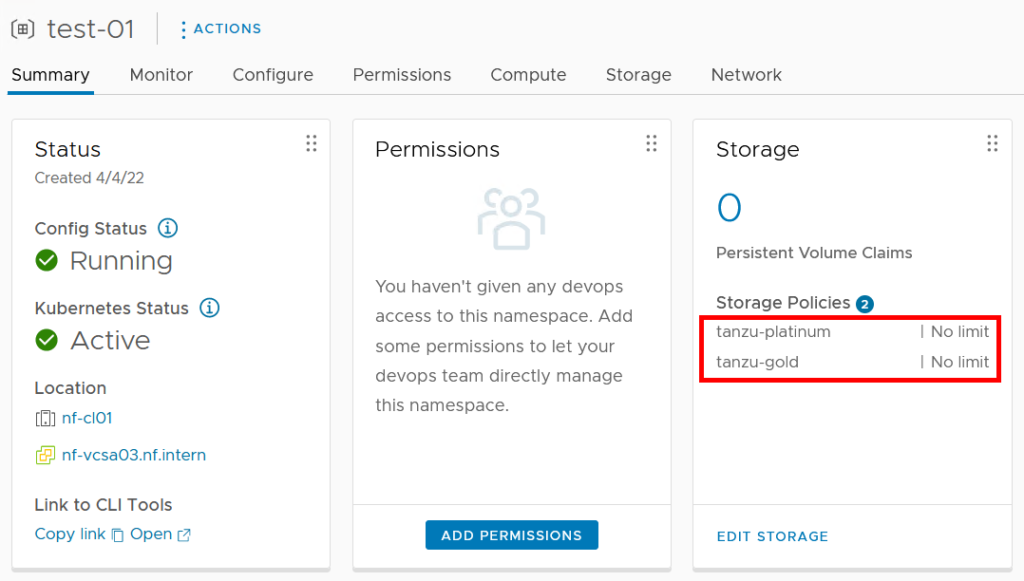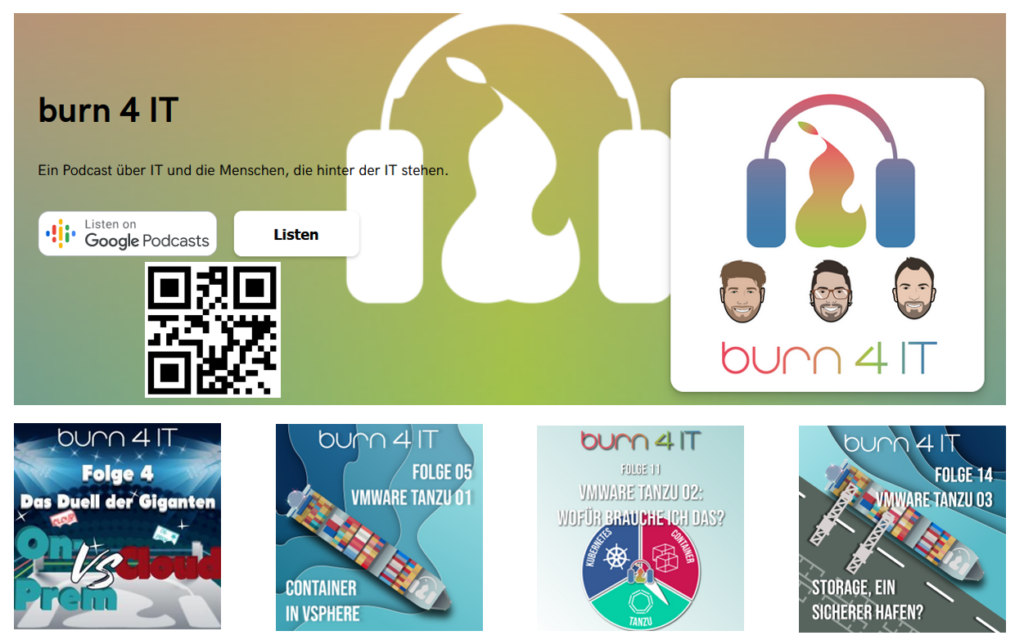vSphere with Tanzu, the easy and integrated way to use Kubernetes in Enterprise environments, is getting a lot of traction currently. One of the main benefits of this solution is the transparent way to consume already existing storage resources.
So, this article describes the different possibilities and essential features that enable consuming persistent storage in your container applications based on Kubernetes.

Result of my presentation poll – interface workshop 02/22
The Tanzu Way
In fact, Tanzu arrives in different editions. Enterprise Plus is mandatory for your ESXi base cluster. In addition, an add-on, with currently three available Tanzu editions: Basic, Standard and Advanced, makes everything possible. Then you enable Tanzu Workload Management in vCenter.
Thus, some requirements exist, like a supported & configured networking and load balancing solution. Furthermore, a lot of different architectural possibilities and design decisions have to be resolved.
Anyway, you need storage resources to provide persistent storage for on one hand your supervisor cluster and on the other your workload clusters for your modern application landscape.
Tough Tanzu means you can operate virtual machines besides Kubernetes clusters with the same interface, resources, and transparency like you have done it for years. Finally, this is the way to your on-premise hybrid cloud environment.
vSphere Storage Resources
Basically, all types of shared storage in vSphere are also supported in Tanzu. On one hand, you got the NFS Shares (NAS), FC or iSCSI LUNs (SAN), the exotic vVOLs (SAN/NAS) and on the other the fully integrated way via. vSAN (HCI) with special features on top.
A mandatory part for usage of storage in Tanzu is the proper configuration of a Storage Policy. Depending on the type of storage, you can utilize various adjustable policy-based features like IOPs limits.
Of course, you can create countless different storage policies and create your own schema to provide an exact fulfillment of your requirements. Besides, people like to call it Gold, Silver, and Bronze depending on the performance and availability demands.

Provisioning Storage for Tanzu Guest Cluster
The consumption of storage in Kubernetes is straightforward through the abstraction and automatic conversion of storage policies to storage classes.
Storage classes are what you consume in Kubernetes to provide your persistent volumes through persistent volume claims.
Actually, vSphere provides an effortless way to group workload clusters into vSphere Namespaces. The vSphere admin has full governance and furnishes these namespaces with the appropriate resources for the developer.
Besides access policies through vSphere single sign on (SSO) you also attach your storage policies to the vSphere namespaces, and you are ready to rock.

Maximum Integration with vSAN
Maximum integration and availability through awesome features that come with vSphere and vSAN 7 U3!
vSAN is now capable of supplying NFS and SMB file services in an easy and automated way. These file services now are fully integrated in vSphere with Tanzu. They provide read write many volumes (RWX) for container services.
This is a giant leap forward to make the life cushier for the vSphere admin and the developer. Different containers can read and write into the same persistent volume (PV).
Moreover, vSAN stretched cluster / fault domain functionality works for Kubernetes environments and is partially supported. VMware’s R&D is working heavily in the background, designing and providing new features as soon as possible.

Media, Resources, and Call to Action
Do you want to hear more? In September 2021, we launched our Podcast (German):
Thanks to the best colleagues in the world: Jan Philip Hoepfner, Daniel Rusche and many more from Medialine Group, to make that possible.
To sum up, Tanzu is one of our core topics, and we already got different episodes. More in planning and incoming. Every 14 days, a new episode guaranteed.

Finally, we appreciate your feedback, comments, and your thumbs up on our various platforms.
Furthermore, see me and my great fellow workers speaking at our free interface workshop in April 2022. Dresden, Berlin, and Remote attendance possible :).



